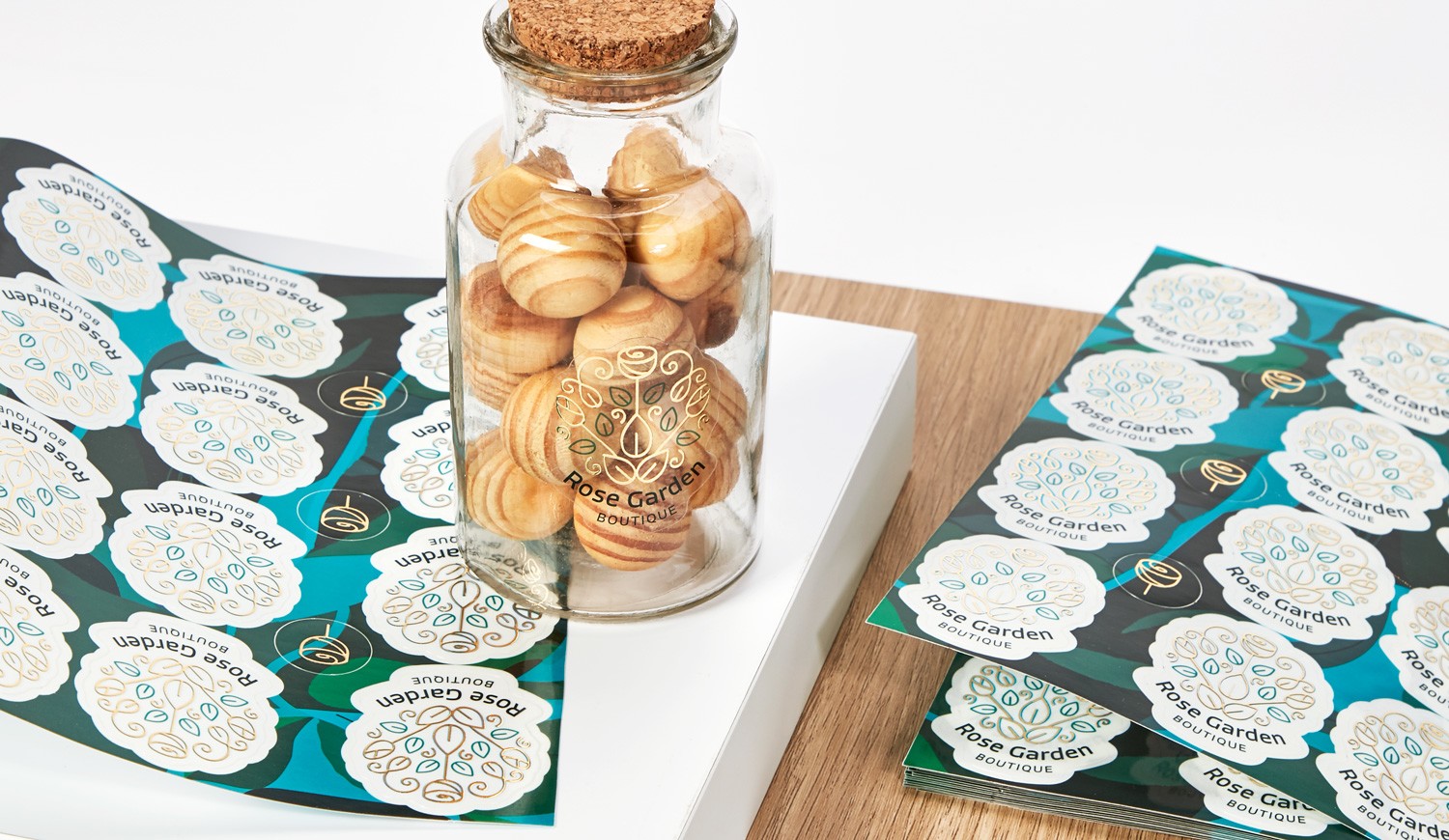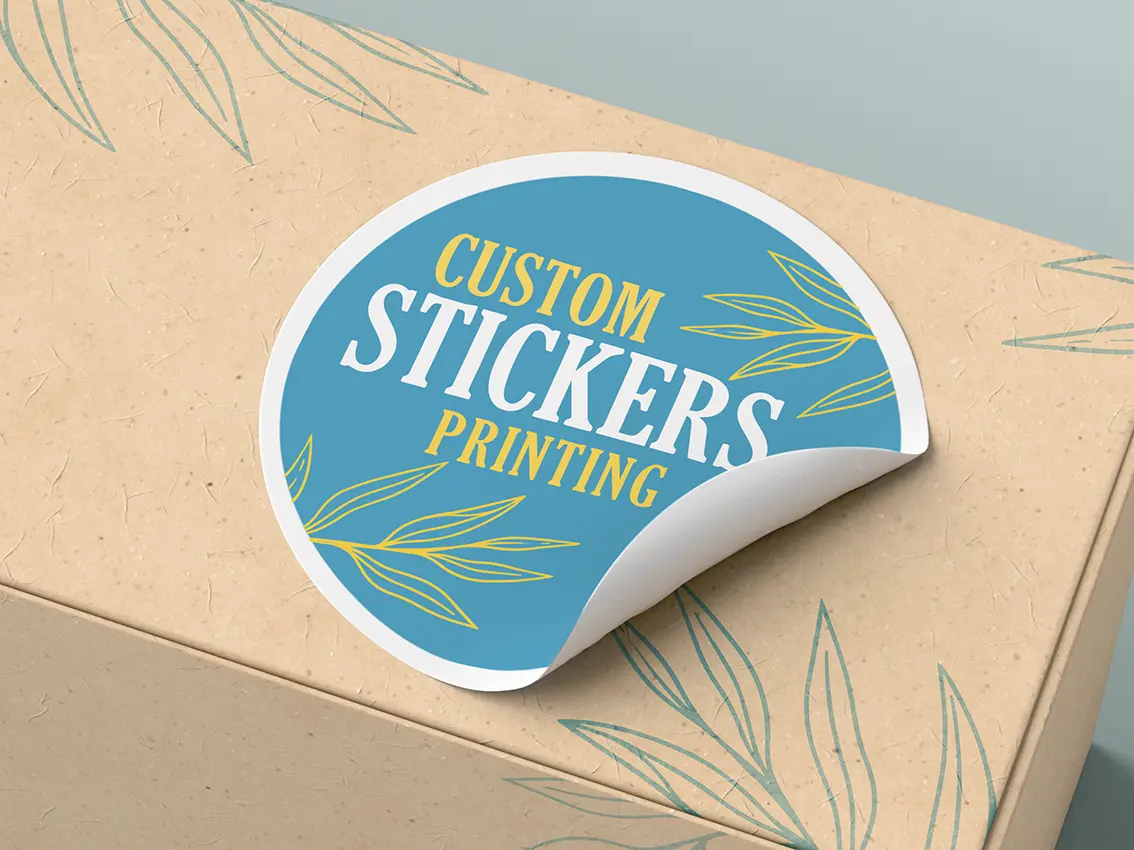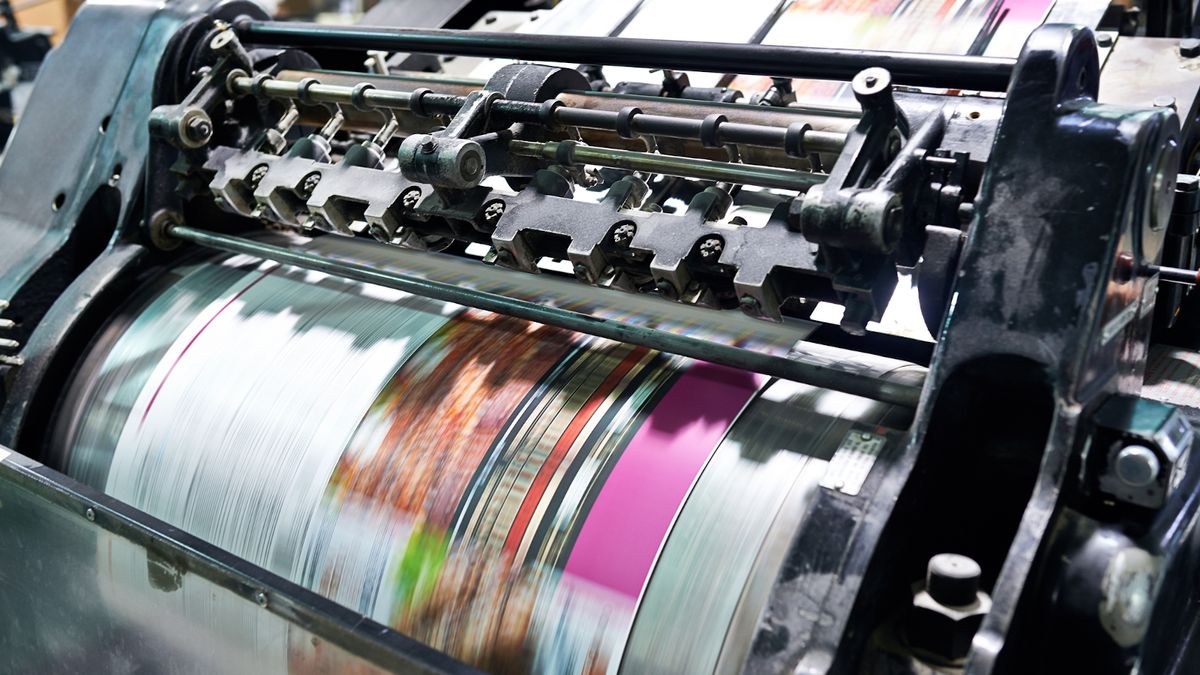Welcome to the world of business organization and efficiency. For business professionals, keeping things organized is key. With Microsoft Word, many might not know it, but you can learn how to make a binder spine in Word with ease. This article will take a deep dive into the process, providing you with practical steps and tips to create custom binder spines.

Understanding the Importance of a Binder Spine
Before we delve into the ‘how’, lets understand the ‘why’. Binder spines are essential for easy identification and organization. Whether its for business meetings, project compilations, or personal records, a binder spine helps you organize your work systematically.
Benefits of Custom Binder Spines
- Professional Appearance: A custom binder spine can give a professional look, fitting your corporate style.
- Easy Identification: It helps locate the needed documents faster within a stack of binders.
- Organized Workspace: Keeps your workspace tidy and documents easily accessible.
Tools Required for Creating a Binder Spine
To know how to make a binder spine in Word, youll need some basic tools:
- Microsoft Word: Your go-to software for document creation.
- Printer: To print the finished binder spine label.
- Paper: Use quality paper suitable for printing.
Most of these resources are accessible and dont require significant expenses.
Setting Up Your Document in Microsoft Word
Lets begin by setting up your Word document:
- Open Microsoft Word and select New from the menu.
- Choose a blank document template.
- Set the page layout to accommodate the binder spine size. You can do this by adjusting the page margins.
Creating a Binder Spine Template
Creating a template helps you save time, ensuring precision in design. You can learn more from Avery’s guide on creating templates. Heres how you can set up yours:
Aligning Text and Graphics
Binder spines allow for text and graphical elements:
- Use the Insert tab to add text boxes and align them vertically.
- Ensure fonts are in line with your business branding.
- Add any logos or images to enhance professional appeal.
Finalizing and Printing Your Binder Spine
Final checks are crucial before printing:
- Review the document for alignment, font size, and clarity.
- Select Print Preview to see how it appears.
- Use a quality printer to ensure the best results.
If you’re printing multiple spines, consider visiting a professional service. Similar details can be further explored in services such as FullColorPrintingFirm tips.
Common Challenges and Troubleshooting
Some common pitfalls include:
- Alignment issues: Ensure margins and guides are set up correctly.
- Incorrect sizes: Double-check dimensions before printing.
- Low-quality prints: Always use the appropriate settings and paper type.
Innovating with Modern Technology
Modern technology has paved the way for digital solutions and innovation. Templates, designs, and printing can be enhanced with various software available online, elevating your business materials.
Saving Time with Word Templates
Templates available in Word can streamline repetitive tasks, allowing professionals to focus on core business areas.
Conclusion
Knowing how to make a binder spine in Word equips you with the skills to create professional and organized documents. With the right approach, tools, and techniques highlighted here, creating binder spines becomes an efficient organizational tool for any business professional.

FAQs
- What should be the ideal font size for a binder spine?
Ideally, it should be readable from a distance, typically between 14-20 pt, depending on the spine’s width.
- Can I create colorful binder spines in Word?
Yes, you can add colors and designs using Word’s design tools to match your branding.
- How do I prevent my print from smudging?
Use high-quality, smudge-free paper and ink for printing.







